Artist: David Bowie Album: Aladdin Sane
Year: 1973Duration: 41:35
A Deep Dive into David Bowie’s Aladdin Sane Album
David Bowie was one of the most innovative and forward-thinking musicians who emerged in the 60s and 70s. His work influenced and shaped the music genre, and he is hailed as a trailblazer even today, years after he passed away. One of his most iconic albums is his sixth studio album, Aladdin Sane, which was released in 1973. This album showcased Bowie’s creative talents to the fullest, as he blended different music genres, lyrics, and visuals to create a true masterpiece. In this blog post, we will review this legendary album prudently, discussing its history, genre, best songs, innovative parts, and offer a critique.
The history of Aladdin Sane album
Aladdin Sane was launched in 1973, less than a year after Bowie had released his commercially successful album, The Rise and Fall of Ziggy Stardust and the Spiders from Mars. Aladdin Sane became Bowie’s first number one album in the UK, and it remained on the charts for over six months. The composition and recording of the album coincided with Bowie touring the UK, the US, and Japan, and the album’s visual appeal reflected that aesthetically.
The music genre of the album
Aladdin Sane marked Bowie's shift towards a more experimental sound that matched his theatricality and avant-gardism. The album is often described as glam rock, a genre that fused rock and pop with theatrical elements and outrageous clothing. The album's musical style is eclectic, incorporating influences from funk, Japanese music, and even free jazz.
The best songs of the album
The track listing for Aladdin Sane is exceptional; each of the ten songs has its unique appeal. The album’s opener, Watch That Man, is a high-energy track that sets the tone for the rest of the album. Panic in Detroit is another standout track that showcased Bowie's rock roots. The Jean Genie, which was the album's biggest single, has a bluesier sound, with Bowie's voice leading the charge.
The most innovative parts of Aladdin Sane album
The most innovative parts of Aladdin Sane album
We can't discuss Aladdin Sane without highlighting its most innovative parts. From the iconic cover art, which depicts Bowie's face painted with a red and blue lightning bolt, to the experimental approach used in each song, it's clear that this was an album that pushed boundaries. Bowie's use of the Moog synthesizer was groundbreaking, and it became one of the album's most defining features.
A Critique to Aladdin Sane album
Despite the album's overall success and longevity, some critics found several of the songs repetitive and underwhelming. Among those, the experimental tracks such as “Drive-In Saturday” and “Time” were too abstract and unconventional to be enjoyed by casual listeners. However, the innovative tracks, particularly “Lady Grinning Soul,” with its dramatic opening piano chords, are a credit to the artist's creative talent.
Aladdin Sane is not only one of the music industry's most celebrated albums, it's also a landmark moment on David Bowie's impressive discography. Bowie's art and music will be relevant for future generations, and Aladdin Sane’s innovative production style and eclectic nature, paired with his dramatic visual presentation, make this album an essential listen. The album is a testament to Bowie's work as a musician, producer, artist, and performer, and it's a reminder of his status as a cultural icon. We highly recommend you give the album a listen if you haven't yet, and you will undoubtedly appreciate the artistry and creativity embedded in it.
David Bowie albums
Other #Pop albums:
SIMILAR BANDS
balls, from 1 to 5, describe similarity between the two bands
SOMETHING NEW? LISTEN TO RADIOGENRE
 Heavy metal
Heavy metal Mokum Sessions
Mokum Sessions Neo soul
Neo soul Indie rock
Indie rock Primavera Sound
Primavera Sound Alternative rock
Alternative rock Electronic
Electronic Electro pop
Electro pop Progressive metal
Progressive metal Minimal
Minimal
SUGGESTED PLAYLISTS






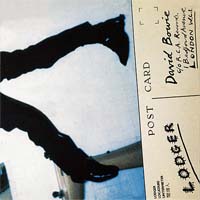





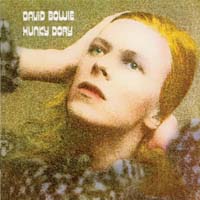

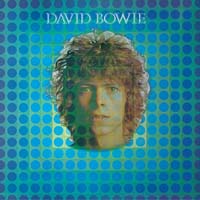











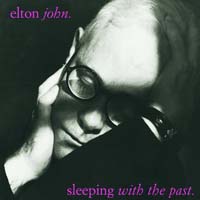












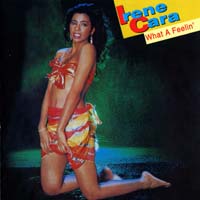




 The very best of electro rock
The very best of electro rock The very best of cumbia
The very best of cumbia Deep dub, minimal forests
Deep dub, minimal forests The very best of hard rock
The very best of hard rock A selection of the best black music
A selection of the best black music Classic art music
Classic art music The very best of punk
The very best of punk Autumn drops
Autumn drops The very best of post metal
The very best of post metal